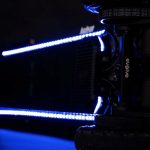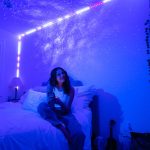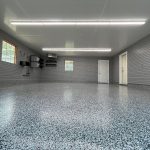Mastering the Art of Diffusing LED Light: A Beginner’s Guide
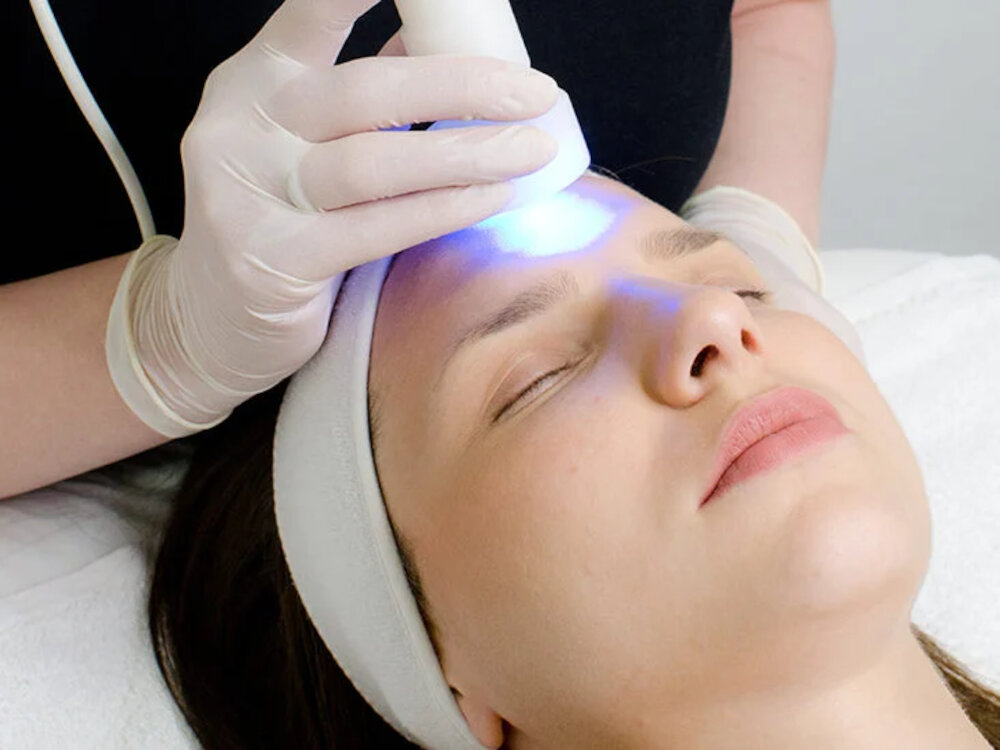
LED lights have revolutionized the lighting industry in recent years. They are energy-efficient, long-lasting, and versatile. However, to get the most out of your LED lights, you need to know how to diffuse their light properly. Diffusing LED light can help to reduce glare, spread light more evenly, and create a more comfortable and aesthetically pleasing environment. If you are new to using LED lights, mastering the art of diffusing them might seem daunting. But fear not, this beginner’s guide will take you through everything you need to know to get started. In this guide, we will cover the basics of LED lights, how they work, and the benefits of diffusing their light. We will also go over the different types of diffusers available and their pros and cons. We will then move on to practical tips and tricks for diffusing LED light, including how to choose the right diffuser for your needs and how to install it properly. By the end of this guide, you will be well-equipped to diffuse LED light with confidence and create a beautifully lit environment in your home or workplace.
LED lights, also known as light-emitting diodes, are a type of lighting technology that have become increasingly popular in recent years due to their energy efficiency and long lifespan. These lights work by passing an electric current through a semiconductor material, which then emits light. However, because LED lights emit light in a very directional manner, they can create harsh shadows and bright spots that can be unappealing and uncomfortable to the eye. To combat this issue, diffusing LED lights is necessary, as it helps to scatter the light more evenly and create a softer, more pleasing glow. By mastering the art of diffusing LED light, you can enhance the ambiance of any space and create a more comfortable and inviting atmosphere.
Understanding Diffusion
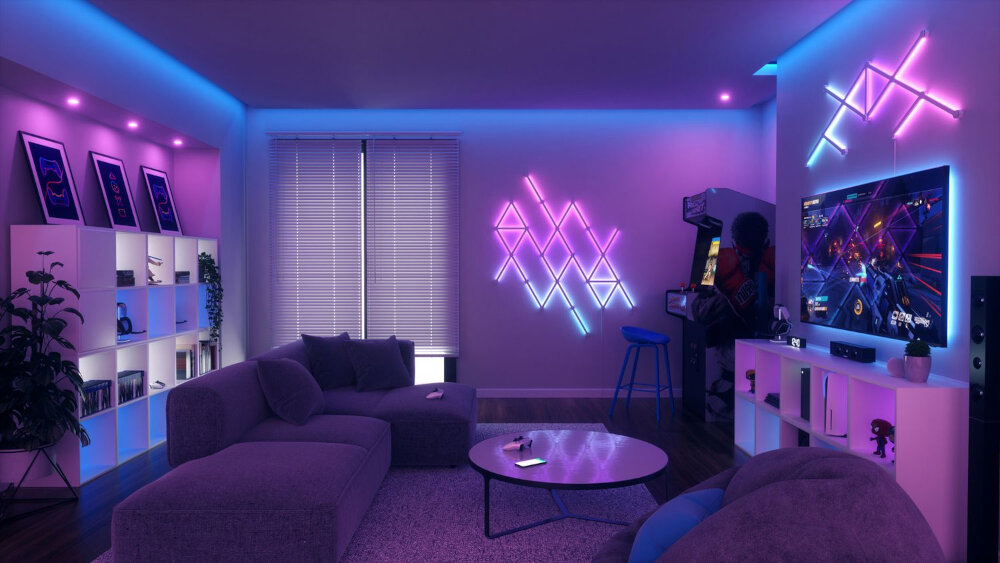
Diffusion is a critical aspect of lighting design that can make or break the visual appeal of a space. In the context of LED lighting, diffusion refers to the process of scattering light rays to create a soft and even illumination. This is achieved by using a diffuser, which is a translucent material that is placed over the LED light source. The diffuser works by scattering the light rays in various directions, which reduces the harshness of the light and creates a more natural and comfortable ambiance. There are several factors to consider when choosing a diffuser for LED lighting. The first is the level of diffusion required, which will depend on the intended application and the desired visual effect. A highly diffused material will create a softer and more uniform light, while a less diffused material will produce a sharper and more focused beam. Other factors to consider include the thickness and color of the diffuser, as well as the type of LED light source being used. By understanding the principles of diffusion, designers can master the art of diffusing LED light and create stunning visual effects that enhance the aesthetic appeal of any space.
Diffusion is the process by which particles move from an area of high concentration to an area of lower concentration. In the context of LED lighting, diffusion refers to the scattering of light in many directions to create a softer, more even glow. Diffused light reduces harsh shadows and enhances the visual appeal of a space, making it more comfortable and inviting. This effect is achieved by placing a diffuser material in front of the LED light source that scatters the light, breaking it up into many smaller beams that spread out in all directions. The diffuser material can be made of various materials such as glass, plastic or fabric, and can be transparent or opaque. By mastering the art of diffusing LED light, you can transform the lighting in your home or office, creating a more pleasant and productive environment.
Diffusers are an essential tool for controlling and manipulating the spread and quality of light in photography and videography. There are various types of diffusers available in the market, each with its unique features and effectiveness. The most common types include softboxes, umbrellas, reflectors, and filters. Softboxes are the most popular and versatile diffusers, providing a soft and even spread of light and can be used for a range of lighting setups. Umbrellas are perfect for spreading light over a broad area and are ideal for portrait photography. Reflectors are used to bounce light back onto the subject, creating a more balanced and natural-looking image. Filters are used to modify the color temperature of the light, making it warmer or cooler. Choosing the right diffuser is crucial to achieving the desired effect, and understanding the different types and their effectiveness is essential for mastering the art of diffusing LED light.
Diffusion plays a crucial role in LED lights as it helps to scatter and soften the harsh and direct light produced by the LED chips. The diffusion process reduces the glare and hot spots that can cause discomfort to the eyes and provides a more uniform and pleasant lighting experience. Diffusion also helps to enhance the color rendering of the LED lights, making the colors of objects appear more vibrant and natural. Furthermore, diffusion can help to hide the individual LED chips and create a seamless and cohesive lighting effect. Overall, mastering the art of diffusing LED light is essential for creating high-quality and comfortable lighting environments.
Choosing the Right Diffuser
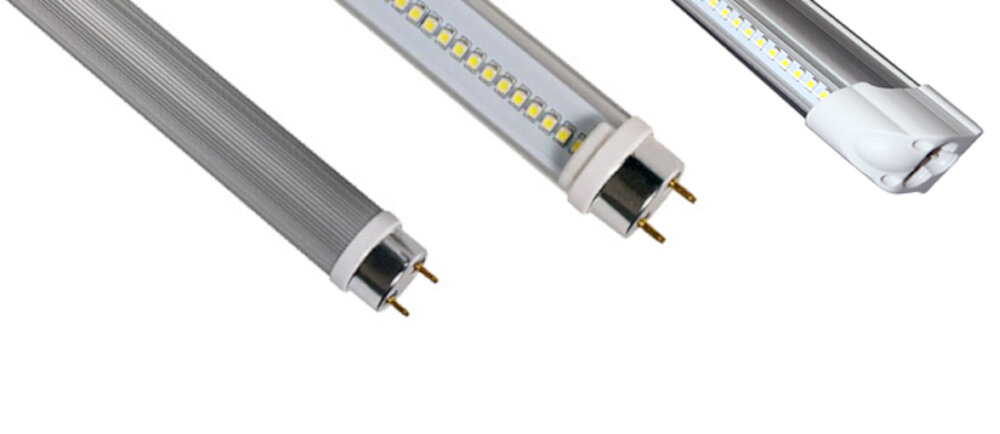
When it comes to diffusing LED light, choosing the right diffuser is crucial. The diffuser is responsible for softening and spreading the light evenly, creating a more pleasant and natural-looking illumination. There are several types of diffusers available in the market, each with its own unique properties and characteristics. One of the most popular types of diffusers is the frosted diffuser. This type of diffuser is made of a semi-transparent material that scatters the light and reduces glare. It creates a soft and even illumination, making it ideal for general lighting applications. Another type of diffuser is the prismatic diffuser, which is made of a series of prism-shaped ridges that refract the light in various directions. This type of diffuser is ideal for creating a directional and focused light, making it suitable for task lighting applications. Ultimately, choosing the right diffuser comes down to understanding the specific lighting needs and preferences of the space and the people who will be using it.
When choosing a diffuser for LED lights, there are several factors to consider. Firstly, the purpose of the diffuser should be considered, as different diffusers are designed for different applications. The size of the diffuser should also be taken into account, as this can affect the amount and quality of light that is diffused. The material of the diffuser should also be considered, as some materials may be more durable or heat-resistant than others. The shape and design of the diffuser should also be considered, as this can affect the pattern of light that is produced. Ultimately, the choice of diffuser will depend on the specific requirements of the lighting project, and it is important to take the time to carefully evaluate the options available.
Diffusers are essential tools used in photography, videography, and lighting to soften the harshness of light and reduce shadows. There are several types of diffusers available in the market, each with unique applications. The most common type of diffuser is the softbox, which creates a rectangular or square-shaped light source by diffusing light through a sheet of fabric. They are ideal for portrait photography and product photography. Another type of diffuser is the umbrella, which is a versatile and inexpensive tool that spreads light outward in a circular pattern. They are useful for creating broad, even lighting for group photos and outdoor shoots. A third type of diffuser is the reflector, which bounces light back onto the subject to reduce shadows and add a natural glow. They are great for outdoor shoots and filling in shadows on faces. By understanding the various types of diffusers and their applications, photographers and videographers can manipulate light to achieve their desired effect.
Diffusers are an essential tool when it comes to controlling the quality of light from LED sources. There are various types of diffusers available in the market, each with its own set of advantages and disadvantages. For instance, a frosted diffuser is ideal for softening light and minimizing glare. It is also easy to clean and maintain. However, it may not be suitable for creating dramatic effects or accent lighting. On the other hand, a grid diffuser is great for controlling the direction of light and creating sharp shadows. It is also durable and long-lasting. However, it can be difficult to install and may not be suitable for softer lighting effects. Ultimately, the choice of a diffuser will depend on the specific needs and preferences of the user.
Techniques for Diffusing LED Light
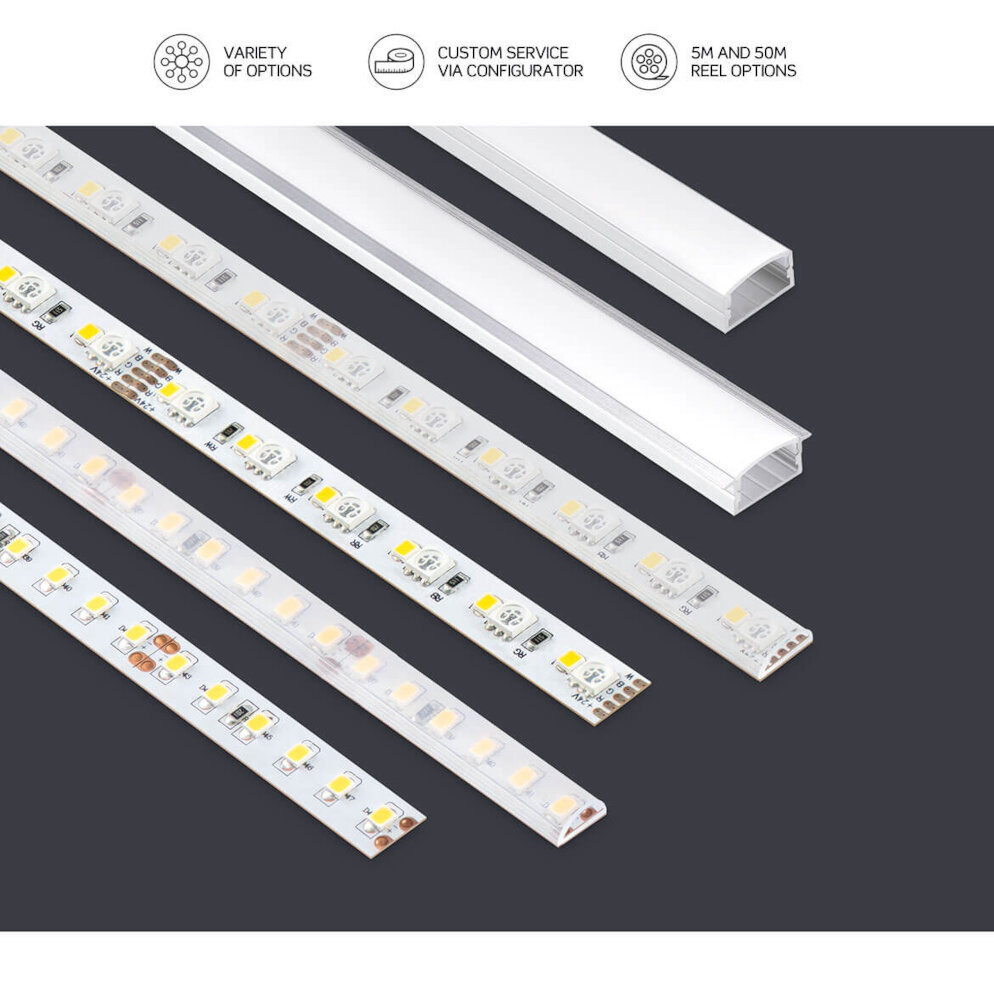
Diffusing LED light is a crucial aspect of lighting design, as it helps to create a softer, more even light that is less harsh on the eyes. There are several techniques for diffusing LED light, each with its own advantages and disadvantages. One of the most popular is using a diffuser panel. These panels are made from a variety of materials, including acrylic, polycarbonate, and glass. They are designed to scatter the light as it passes through, creating a more even distribution of light across the space. Diffuser panels are often used in commercial settings, such as offices and retail stores, as well as in residential settings, such as kitchens and living rooms. Another technique for diffusing LED light is using a frosted lens. These lenses are made from a variety of materials, including glass and plastic, and are designed to scatter the light as it passes through. Frosted lenses are often used in fixtures such as recessed lights and pendants, as they can create a soft, diffused light that is ideal for ambient lighting. One of the advantages of using a frosted lens is that it can be easily removed and replaced, allowing for flexibility in lighting design. However, it is important to note that some frosted lenses can reduce the brightness of the light, so it is important to choose the right type of lens for the space and application.
When it comes to diffusing LED light, there are a variety of DIY methods that can be utilized. One such method is using frosted glass or acrylic sheets to scatter the light. Another option is to use rice paper or tracing paper, which can create a softer, more diffused light. Additionally, using a diffuser dome or a softbox can help to spread the light evenly and reduce harsh shadows. For a more creative approach, one can experiment with using various materials such as fabric, mesh, or even lace to create unique patterns and textures in the light. With these DIY methods, mastering the art of diffusing LED light can be a fun and rewarding experience for beginners.
Professional techniques for diffusing LED light involve a variety of methods to achieve a soft and even illumination. One of the most popular techniques is using diffusion filters, which are placed in front of the LED light source to scatter the light and reduce harsh shadows. Another method is bouncing the light off a reflective surface, such as a white wall or ceiling, to diffuse it and create a more natural-looking illumination. Additionally, some professionals use lightboxes or softboxes to create a more controlled and diffuse light output. It’s important to experiment with different techniques to find the best method for your specific project or application. With practice, you can master the art of diffusing LED light and achieve stunning results in your photography, videography, or any other field that requires high-quality lighting.
Achieving the desired diffusion effect is crucial in creating a captivating and visually pleasing lighting display. To achieve this, it’s important to choose the right diffusion material, such as frosted acrylic or diffusion film. Additionally, the distance between the LED light source and the diffusion material can greatly impact the diffusion effect. Placing the light source too close can result in hot spots, while placing it too far can result in uneven lighting. Experimenting with different distances and diffusion materials can help you achieve the desired effect. Lastly, it’s important to consider the angle of the diffusion material in relation to the viewer. A shallower angle can result in a wider diffusion effect, while a steeper angle can result in a narrower diffusion effect. By keeping these tips in mind, you can master the art of diffusing LED light and create stunning lighting displays.
Applications of Diffused LED Light
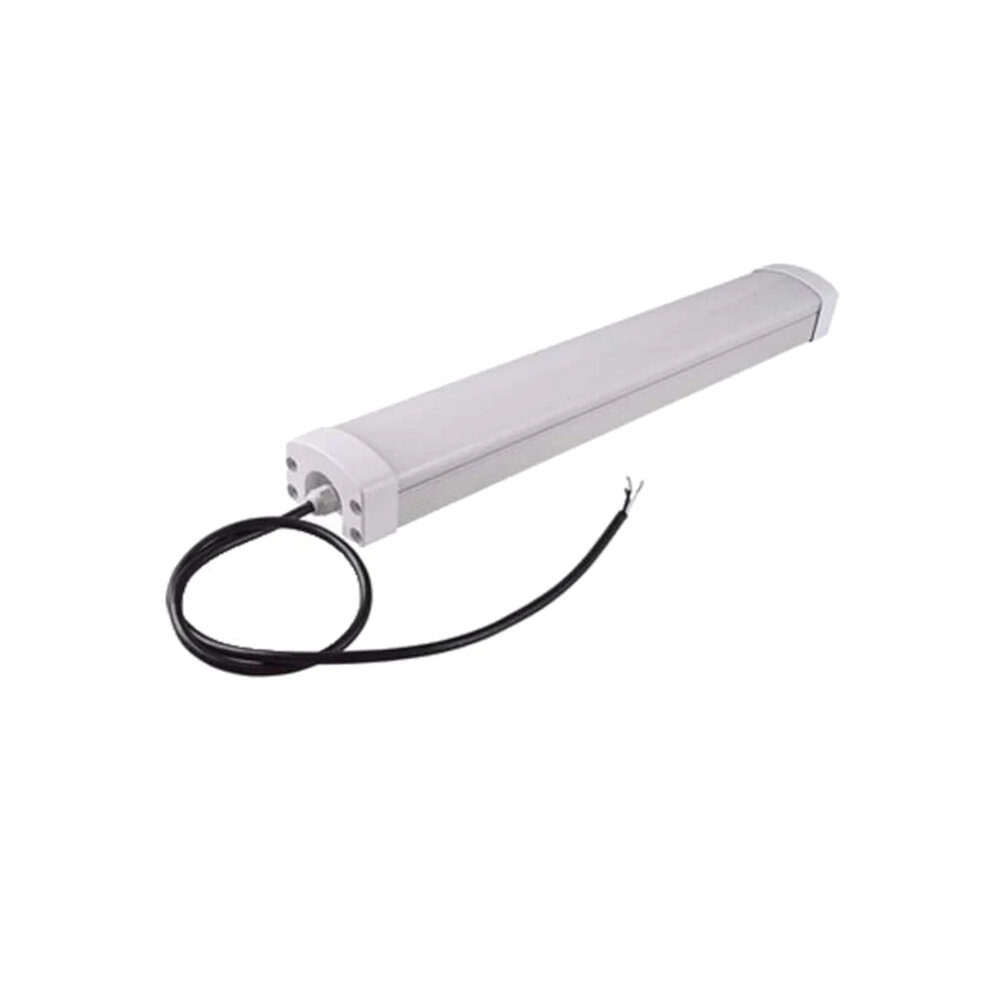
Diffused LED light has become an increasingly popular choice in a wide range of applications due to its many advantages over traditional lighting sources. One of the most common uses for diffused LED light is in home and commercial lighting fixtures. These fixtures are designed to provide a soft, warm glow that is easy on the eyes and creates a relaxing atmosphere. Diffused LED lights are also commonly used in outdoor lighting applications, such as landscape lighting and pathway lighting. In these applications, the diffused light helps to create a more natural ambiance, providing a soft glow that illuminates the area without creating harsh shadows or bright spots. Another important application of diffused LED light is in the field of automotive lighting. LED lights are increasingly being used in vehicles due to their energy efficiency, long lifespan, and low heat output. Diffused LED lights are especially useful in automotive lighting applications because they provide a soft, even glow that is easy on the eyes and creates a more comfortable driving experience. Additionally, diffused LED lights are often used in the manufacturing of electronic displays, such as those found in televisions, computer monitors, and mobile devices. These displays rely on diffused LED lights to provide a clear, high-quality picture that is easy to view from all angles. Overall, the applications of diffused LED light are vast and varied, making it an important technology in a wide range of industries.
Diffused LED light finds a wide range of applications in various industries. In the entertainment industry, diffused LED lights are used in stage lighting, creating a soft and evenly distributed illumination to enhance the performer’s appearance. In the automotive industry, diffused LED lights are used in the form of tail and brake lights, providing a clear and visible indicator to drivers behind. In the architectural industry, diffused LED light is used to create stunning lighting designs in homes, offices, and public spaces. These lights offer an excellent solution for creating ambient lighting, highlighting features, and creating a warm and inviting atmosphere. In summary, diffused LED light can be used in various applications, providing a versatile and energy-efficient lighting solution.
Diffused LED lights have become increasingly popular due to their ability to distribute light evenly and reduce glare. One example of diffused LED light in use is in the automotive industry, where they are used for headlights and taillights. These lights create a softer and more natural light, improving visibility and reducing eye strain for drivers. Another example is in residential and commercial lighting, where diffused LED lights are often used in ceiling fixtures and pendant lights to create a comfortable and inviting atmosphere. They also work well in task lighting applications, such as reading lamps and desk lamps, providing a bright and even light source without harsh shadows or glare.
Diffused LED light has become increasingly popular due to its numerous benefits in various applications. One of the primary advantages of using diffused LED light is that it provides an even and uniform illumination, eliminating harsh shadows and hot spots. This makes it an ideal choice for lighting applications that require soft and gentle lighting, such as in photography studios, retail stores, and residential homes. Additionally, diffused LED light is energy-efficient, consuming less power compared to traditional lighting sources, which translates to significant cost savings. Its long lifespan of up to 50,000 hours and low-maintenance requirements make it a reliable and cost-effective lighting solution. Overall, diffused LED light’s versatility, energy efficiency, and uniform illumination make it an excellent choice for various applications.
Diffusion is a crucial aspect when it comes to LED lighting design. It refers to the spreading of light in different directions and reducing its intensity. Diffusing LED lights is of utmost importance to create a uniform and soft lighting effect, which is essential for various applications, such as photography, videography, and indoor lighting. LED lights without diffusion can create harsh and unflattering shadows, which can be unpleasant and unproductive. Diffusion can also help to conceal the individual LED diodes, giving the impression of a single, larger light source. Therefore, mastering the art of diffusing LED lights is crucial to achieving the desired lighting effect and enhancing the visual appeal of any space or subject.
In conclusion, mastering the art of diffusing LED light as a beginner can seem daunting at first, but with a little bit of practice and experimentation, it can be achieved. It is important to understand the different types of materials that can be used for diffusion and the effects they have on the light. It is also important to consider the distance between the light source and the diffusion material, as well as the angle at which the light is hitting the material. By keeping these factors in mind and continuing to experiment with different techniques, a beginner can become proficient in diffusing LED light and create stunning lighting effects for their projects. Remember to always be creative and have fun with the process!
Conclusion
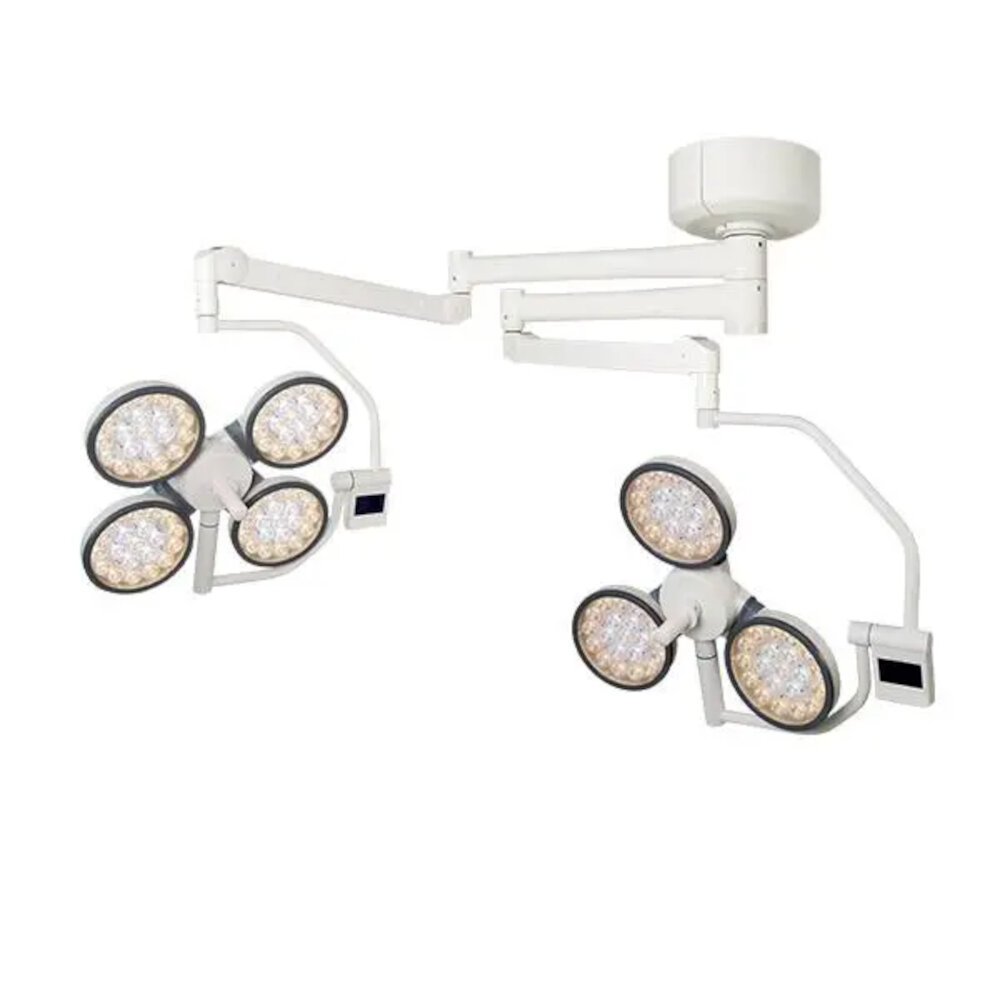
In conclusion, mastering the art of diffusing LED light is a crucial skill for anyone looking to create a comfortable and inviting space. As a beginner, it may seem overwhelming, but with the right tools and techniques, anyone can achieve a beautifully diffused LED light. From using diffusers, reflectors, and frosted bulbs to experimenting with different lighting angles and intensities, there are numerous ways to achieve the desired effect. Remember to always consider the purpose of the space and the mood you want to create when choosing your lighting setup. With practice and patience, anyone can become a master of LED light diffusion and transform their space into a cozy and inviting haven.

